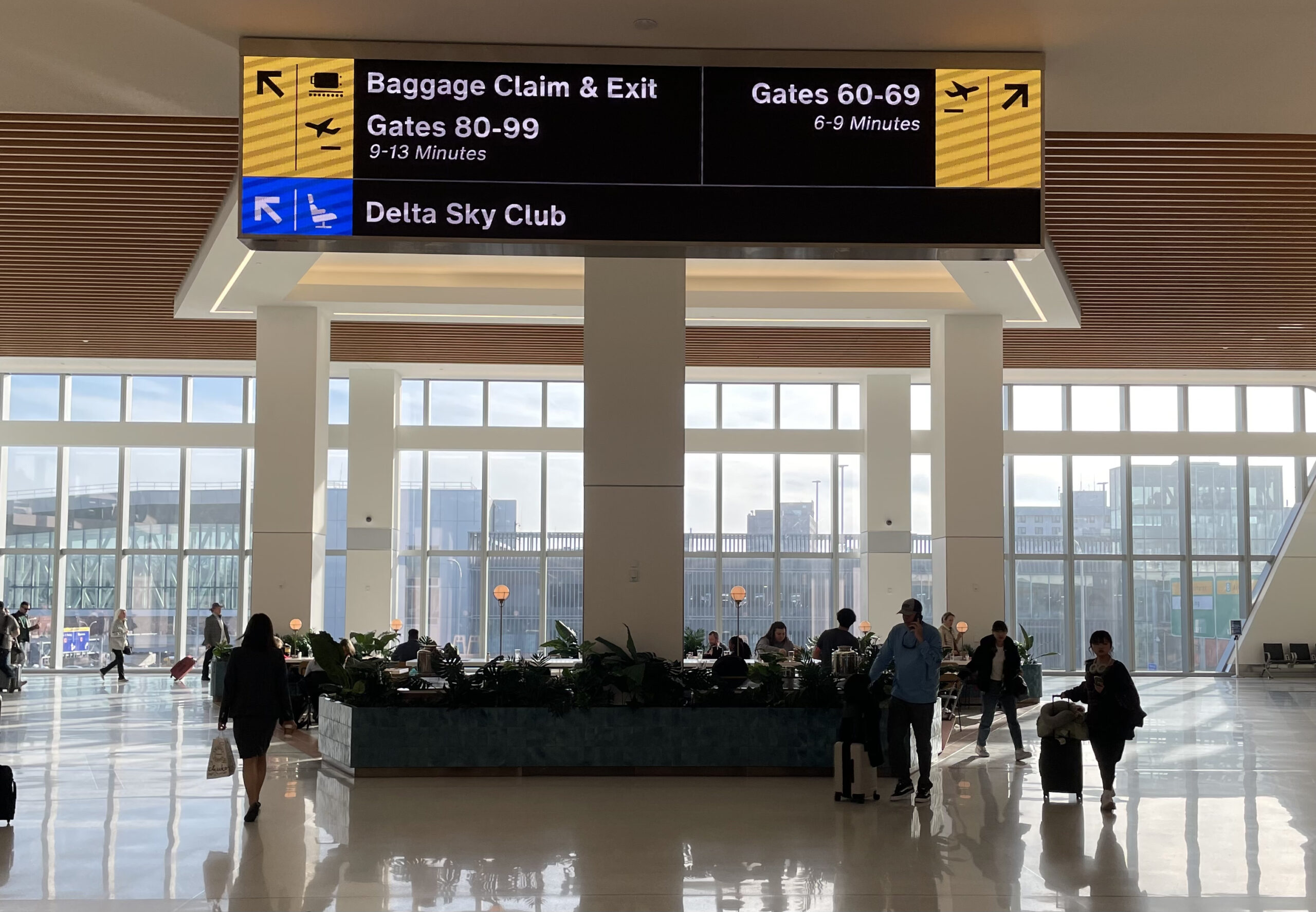Email →
hi@juanrujana.com
Wayfinding →
New York and New Jersey Airports
Scope:
Description:
In 1999 the Port Authority of New York & New Jersey commissioned Mijksenaar to develop a new signage system for three major airports: John F. Kennedy, Newark, and LaGuardia.
As a part of its significant investment in world-class infrastructure development, the Port Authority approached Mijksenaar again to revisit its Wayfinding Standards. This provided a singular opportunity to refresh the Port Authority wayfinding system to provide a unified, cohesive, 21-century experience for all its airports.
Juan’s focus was applying and updating the new wayfinding manual to reinforce a visionary standard for passenger focused wayfinding experience.

As airports modernize their process and experience, opportunities to apply new standards arise
Airports are increasingly turning to digital signage, moving beyond static signs to create more dynamic and adaptable environments. Although the original wayfinding manual was developed for static signage in 2021, the shift toward digital solutions has highlighted the need for updated standards. These new standards ensure that digital signage integrates seamlessly into the wayfinding strategy, providing consistent and flexible guidance for passengers as they navigate complex airport spaces.

Color-coded system
This strategic system helps passengers navigate the complex journey of air travel, from parking and moving through various terminals to transfers, check-in, security, and other essential steps. This system is applied to everything from directional signage and flight information displays to maps and directories, ensuring passengers stay focused and on track throughout their travel experience.
Review and revise
As the airport continues to develop, our team reviews the wayfinding and new signage to ensure alignment with the established wayfinding strategy and standards.
This involves assessing sign designs for clarity, consistency, and visibility, while considering factors such as placement, lighting, and messaging.
This is crucial for overall cohesion and experience as expansions and modernization occurs across terminals.
